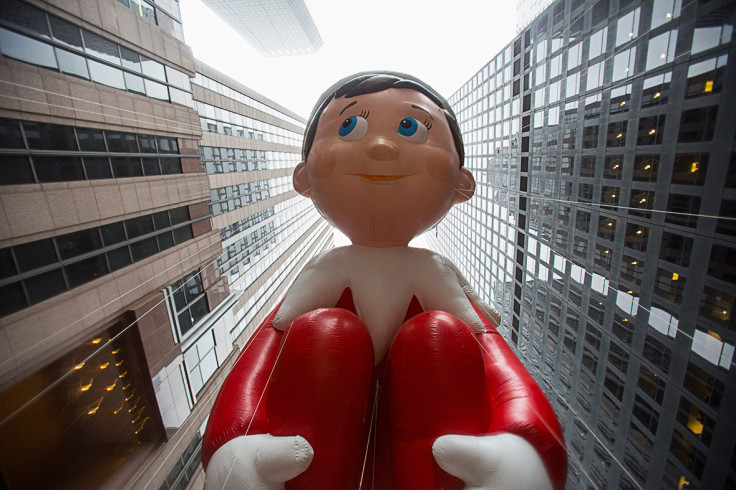Thanksgiving 2016: Where to watch the historic Macy's Thanksgiving Day Parade
The annual parade has taken place since 1924 and attracts millions to the streets of New York.

More than 3.5 million people head to Manhattan every year for the Macy's Thanksgiving Day Parade, one of the most popular annual attractions in New York. Around 50 million people tune in to watch the pageant of huge balloons, floats and marching bands on TV.
The tradition started in 1924 and now around 8,000 people participate in the parade, including more than 1,500 dancers and 1,000 clowns. Here is what you need to know about the event.
What is the route of the parade?
The parade will start at 9am on Thursday 24 November, beginning at 77th Street & Central Park West before moving south on Central Park West. The parade will then turn east at Columbus Circle onto Central Park South.
When the Parade reaches 6th Avenue, it turns south to 34th Street, where it will head west to Macy's Herald Square. It ends at 34th Street and Seventh Avenue at around 12pm (local time).
Where is the best place to watch it?
There is an official viewing area on 34th Street, but this is the busiest part of the parade. The best view of the parade can be found between 72nd Street/Central Park West and 61st Street. The parade route is closed to the public for broadcasting purposes between 34th Street and 38th Street on 6th Avenue and on 34th Street between Broadway and 7th Avenue.
What is the history behind the parade?
The tradition started in 1924, when many employees at Macy's department store were first-generation immigrants and wanted to mark the type of festivals celebrated in Europe.
It was originally launched by Louis Bamberger at the Bamberger's store in Newark, New Jersey, but was moved to New York City by Macy's. Although the parade has been held annually since then, the only years it didn't take place were during the Second World War, in 1942, 1943 and 1944.
Balloons are now a major part of the Macy's Thanksgiving Day Parade, and the first to be featured in the event was a Felix the Cat balloon in 1927. Prior to inflatables, live animals were borrowed from Central Park Zoo to include in the pageant, such as elephants and monkeys.
© Copyright IBTimes 2024. All rights reserved.





